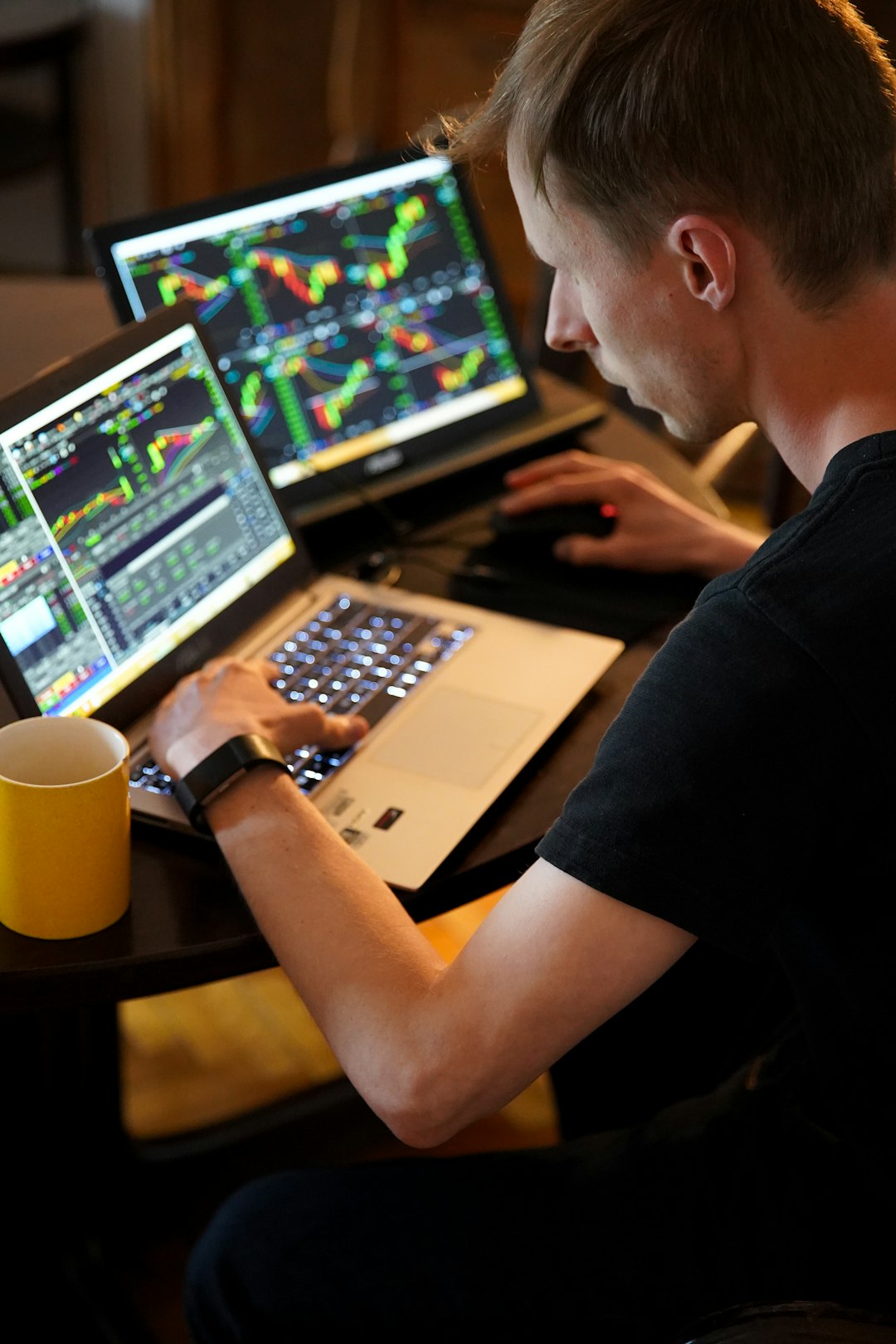Why even investors have to think like traders, for now
Stock AND bond markets are at critical junctures. So more wealth than usual is at risk. How to put it in perspective.

Over the course of my 30+ year professional investing career, there have been many evolutions in my thought and approach. Any investor that doesn’t do that puts themselves in a box of sorts: either they wait and hope that their “very long term approach” actually works, or they spend years just trying to get back to break even from losses that occurred in weeks or months, not years.
I never know for sure, and would not be arrogant enough to suggest I do (though that doesn’t stop others in my field from making bold, dangerous (to anyone who follows it) “100% certainty, all or nothing predictions.” But as reflected in our ROAR Score sitting at 10, the risk I am willing to take with my money is near the lowest point on the 0 to 100 scale. We’ll see if that changes soon, but in a market that is coming into shape for patient bears, it is possible but unlikely.
The chart above is my attempt to synthesize into one picture what I think is happening, and what is driving my own approach right now. What I see:
The 2 circles in the top section are what was a turning point, technically speaking, at the start of 2022, and a similar-looking pattern developing right now. In 2022, a 25% decline in the S&P 500 was the eventual path. If that happened here, it would drop the S&P 500 to within 5-10% of the 3,000 level I have written about on Seeking Alpha a couple of times as not a worst-case scenario, but as a realistic member of a group of scenarios. Furthermore, that S&P 500 chart above just defines “weak and rolling over” to me. The sellers appear to be much stronger than the buyers, and I can’t think of a fundamental reason it will stop very soon. That means defensive investments now turn into offensive weapons, and I follow and make available to ETFYourself subscribers several of them, so you can research and select the ones that fit you best, if any.
Now, look at the bottom part of the chart above. This is about the direction of the price move, but more about its intensity, and how far it is into its downward cycle. Note that on this chart of daily prices, the S&P 500 has really just entered negative territory on the “PPO,” which is my favorite indicator for this type of confirming analysis.
Next up: we see if this current speeding bear move slows down and/or reverses. But as I’ve circled in the chart, lower left, its beginning to resemble early 2022 here as well.
Specifically, this positions my total portfolio, which is a collection of different accounts, each with a specific objective, as follows:
Lots of T-bills (directly owned and in ETF form)
Any equity exposure (through ETFs) is hedged, in whole or in part
The more aggressive accounts I run for my family are where the most “action” is right now, since they are the assets we will use last in our lifetime (IRA accounts) and have smaller balances. One of my investing rules: if you take big shots, do it with small amounts of money. Examples include put options on SPY, QQQ, TLT and some of the more overpriced sections of the market, such as stocks that were driven up earlier this year by the AI craze. I am also getting more acquainted with how to apply my process and discipline to profit from single-stock ETFs that essentially act as a short position on some of the market darlings. Frankly, the way some of these look on the charts, they potentially could be long-term positions, if you know what I mean ;-)
Conclusion: its not a “slam dunk” the S&P 500 goes much lower, in a way that materially impacts many people’s wealth. It is, however a confirmation that portfolio management at this point in the market cycle should be heavily weighted toward protecting capital, and exploiting potential downside. Because if this all just turns out to be a “bad dream” for the bulls and the market’s longer term path is way higher, the S&P 500 is now about 12% below its all time high, reached on January 4, 2022. That allows some room to turn around what in my own portfolio is a setup to capitalize on a continuation of what we are seeing currently.



